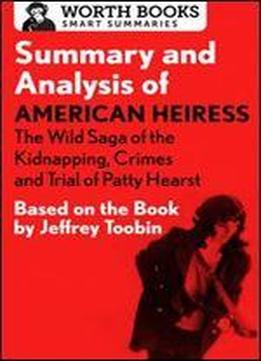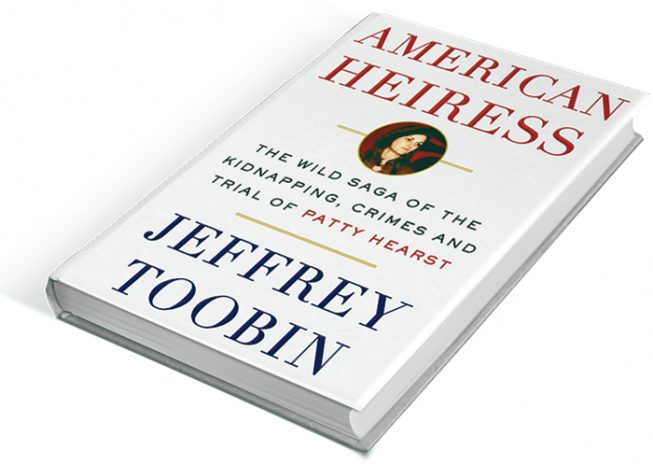
Amazingly, Randolph Hearst set about doing this, much to the disgust of Ronald Reagan, the governor of California. The SLA released a statement saying it would only release her if her father distributed food parcels worth $70 to all Californians who were on welfare, a demand that would cost him several million dollars. (Weed was well named: having told the armed invaders to take whatever they wanted, he fled the scene later, while Patty was still missing, he would give disloyal interviews about the Hearsts to the press.) One minute, this moderately rebellious but highly privileged granddaughter of media magnate William Randolph Hearst (famously the inspiration for Citizen Kane) was playing house with Weed, the next, she was a prisoner, albeit one who would be treated, or so her captors said, according to the “Geneva convention”.

Her life changed in the course of a few moments. When 19-year-old student Patricia Hearst was kidnapped on the night of 4 February, she was living quietly in a duplex apartment in Berkeley, California, with Steven Weed, her fiance and former high school teacher. Never has a battier story been told with so straight a face.

But as he also notes, it was nevertheless an “anomalous event”, and in the end, it’s this freakish singularity that his narrative drives home. Not only did the kidnapping “illuminate” the future of the media and celebrity culture it also helped to tilt the politics of the US rightwards, a state of affairs that has continued ever since. Why, you might wonder, would anyone want to go there again? At the beginning of his book, Jeffrey Toobin justifies his decision to revisit the story by insisting that he regards it as a “trailer for the modern world”.

F ew cases in the history of American crime can have been more picked over than that of Patty Hearst, the heiress who was kidnapped in 1974 by the ramshackle revolutionary outfit known as the Symbionese Liberation Army: by my count, there are already more than a dozen nonfiction books about her, not to mention two novels, her own memoir, a feature film, several documentaries, numerous academic papers and – the eyes widen – two porn movies.


 0 kommentar(er)
0 kommentar(er)
